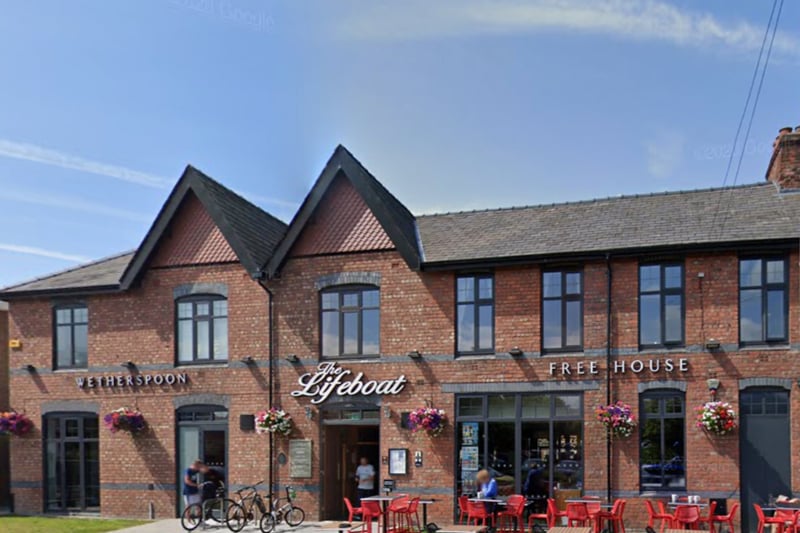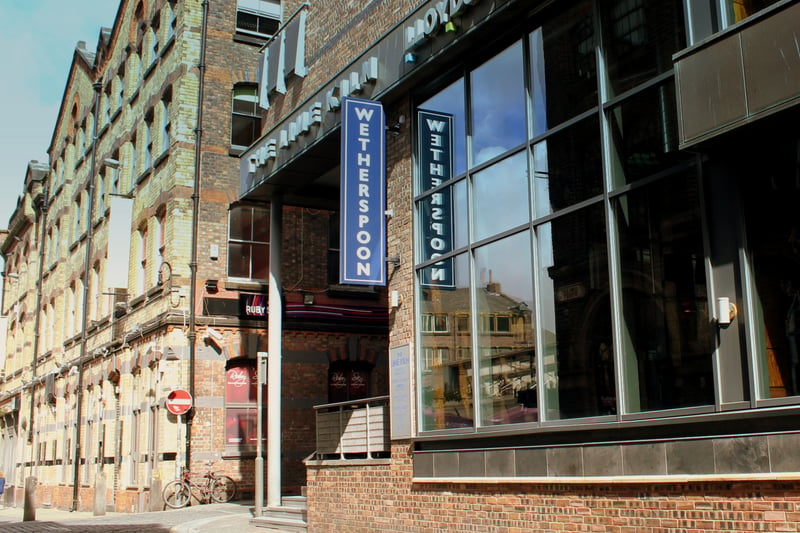Wetherspoons pubs are a pretty integral part of British culture, with multiple branches in every city, serving up cheap pints and food.
Liverpool city centre alone has more than five branches, ranging from the Lime Kiln in the heart of Concert Square and The North Western inside Lime Street station. But, where did all our Wetherspoons get their names from?
Here, in no particular order, are all the Wetherspoons pubs with a Liverpool ‘L’ postcode and the fascinating history behind their names.

1. The Lifeboat, Formby
According to Wetherspoons: “This pub is named after the deep history surrounding the Formby Lifeboat. The Formby lighthouse tower was built in 1719, soon after the completion, a little further along the coast, off the first Liverpool dock. Originally just a landmark for shipping, the tower was later converted (1831) into a lighthouse, with the lighthouse-keeper also in charge of Formby’s lifeboat station, reputedly the world’s first. The light was finally turned off in 1859 and removed. The tower was pulled down during World War II, preventing its use as a guide to enemy aircraft." Photo: Google Maps

2. The Welkin, Whitechapel
According to Wetherspoons: “This pub takes its name from the Old English word for sky and commemorates Jeremiah Horrocks, one of Liverpool’s greatest sons and the Father of English Astronomy." Photo: Rodhullandemu, CC BY-SA 3.0 via Wikimedia Commons

3. The Captain Alexander, James Street
According to Wetherspoons: “On 23 May 1819, Scottish-born sea captain Alexander Allan advertised that the 169-ton brig Jean would shortly set sail for Canada. It was the forerunner of the Allan family’s large North Atlantic fleet of sailing ships. By the 1830s, the shipping-line company had offices in Glasgow, Liverpool and Montreal. Its Liverpool office closed in 1917." Photo: Google Maps

4. The Lime Kiln, Concert Square/Fleet Street
According to Wetherspoons: “There was once a Victorian warehouse on the site of this pub, occupied by manufacturing chemists, from the early 1900s into the 1950s. There was also a sizeable chemical factory next door. The chemical industry in Liverpool began in nearby Lime Street, originally called Lime Kiln Lane. The site of this bar occupies a car park where there was once a Victorian warehouse. In the 1890s, it housed brass founders and the Monserrat Lime Juice Company Stores.” Photo: calflier001, CC BY-SA 2.0 via Wikimedia Commons
